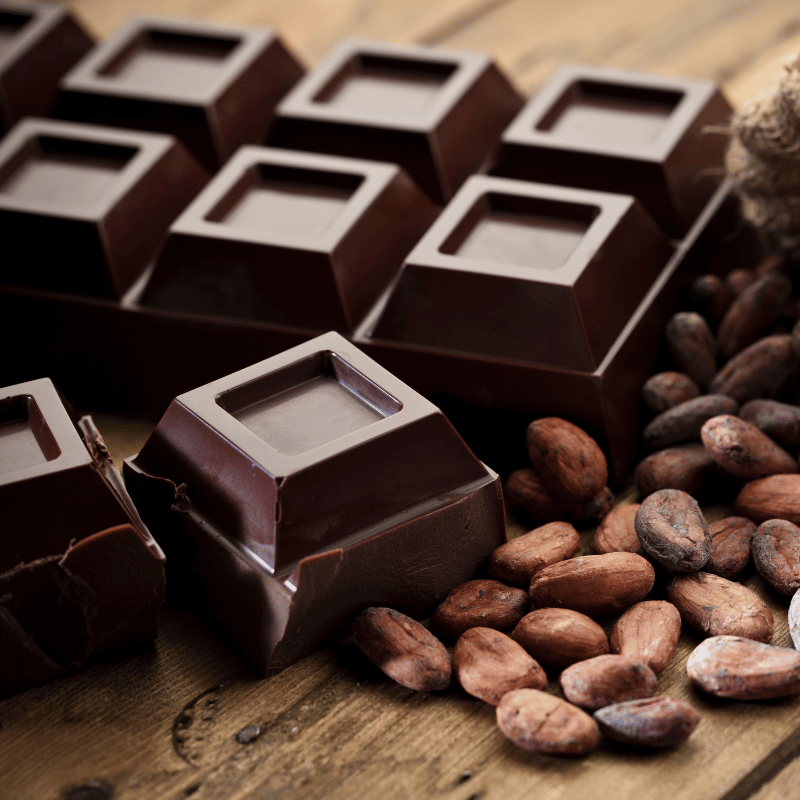3D printing technology has revolutionized many industries, including the food industry. With the ability to print food in any shape or form, 3D printing has opened up a world of possibilities for chefs and food manufacturers. But how does the taste and texture of 3D-printed food compare to traditionally prepared food?
Table of Contents
Texture
One of the main differences between 3D-printed food and traditionally prepared food is the texture. 3D-printed food is often smoother and more uniform in texture than traditionally prepared food. This is because the printing process creates a consistent texture throughout the food, whereas traditional cooking methods can result in variations in texture.
Taste
When it comes to taste, there is no clear winner between 3D-printed and traditionally prepared food. The taste of 3D-printed food largely depends on the ingredients and recipe. However, some people have reported that 3D-printed food can have a slightly different taste than traditionally prepared food due to how it is cooked.
Advantages of 3D-printed food
Despite some differences in taste and texture, there are several advantages to 3D-printed food. For one, it allows for greater customization and creativity in the kitchen. Chefs can create intricate designs and shapes that would be difficult or impossible to achieve with traditional cooking methods.
Additionally, 3D printing can help reduce waste in the food industry. By printing only what is needed, chefs and manufacturers can minimize excess ingredients and reduce their environmental impact.
Chocolate
The taste of 3D-printed chocolate tastes the same. However, it would depend on the quality of the chocolate used and the recipe used to create it. 3D printing technology does not affect the taste of the chocolate itself.
Conclusion
While there are some differences in taste and texture between 3D-printed and traditionally prepared food, both have advantages. As technology advances, it will be interesting to see how 3D printing continues to shape the future of the food industry.

